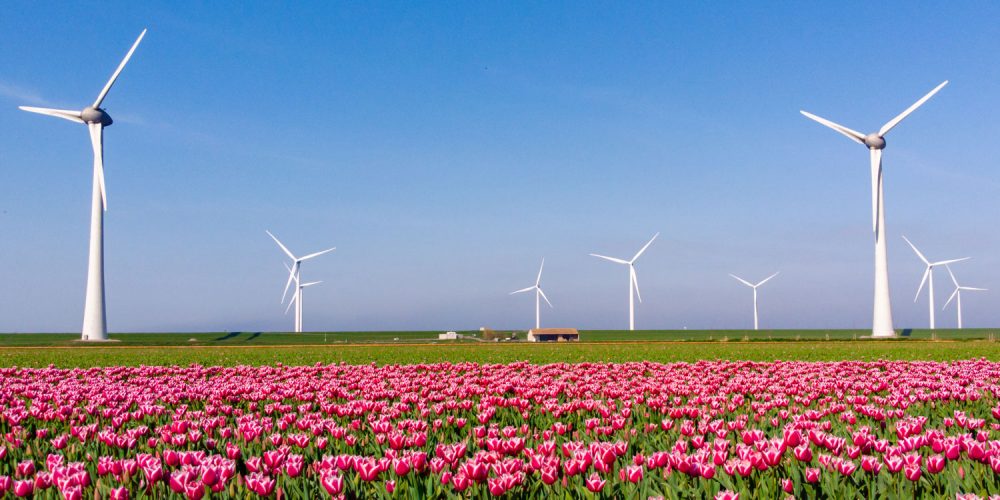
The iconic windmills of the Netherlands, once a symbol of Dutch ingenuity and engineering, are now sharing the landscape with their modern descendants: wind turbines. This shift from the traditional windmill to the towering turbines is a reflection of the Netherlands’ commitment to sustainable energy and innovation.
The historical windmills of the Netherlands served a multitude of purposes, primarily for water management, grinding grain, and sawing wood. They were instrumental in shaping the Dutch landscape and enabling agriculture in a country where much of the land lies below sea level. Today, these windmills stand as monuments of the past, with some still operational for touristic and educational purposes.
The introduction of wind turbines has significantly altered the energy landscape of the Netherlands. These modern structures are capable of generating far more energy than their predecessors. The energy produced by these turbines contributes to the national grid, powering homes, industries, and even being exported to neighboring countries. The Netherlands has set ambitious targets for renewable energy, aiming to produce 70% of its total energy from renewable sources by 2030.
The energy output from wind turbines is indeed much greater than that of traditional windmills. For instance, a single modern wind turbine can generate enough electricity to power hundreds of homes, whereas a traditional windmill’s mechanical energy was limited to the task it was designed for, such as grinding grain. The surplus energy generated by wind turbines is managed through the national grid, with some being stored, and the rest distributed as needed.
Tulips, another emblem of the Netherlands, contribute significantly to the nation’s economy. The country is the world’s largest producer of tulip bulbs, providing 4.2 billion annually and exporting half of them. This floricultural industry is not only economically valuable but also a major tourist attraction, drawing visitors worldwide to witness the vibrant fields in bloom.
The Netherlands meets a substantial portion of the global tulip supply, with estimates suggesting that it grows and ships over half (60%) of the world’s annual tulip bulb supply. This floricultural success is a testament to the country’s agricultural prowess and export capabilities.
Aside from tulips, the Dutch agricultural sector is diverse, producing cereals (particularly wheat), feed crops (such as fodder maize), and potatoes. The horticultural sector focuses on vegetables and flower bulbs, with Dutch greenhouses known for producing vegetables and flowers like sweet peppers and roses. These crops are significant not only for domestic consumption but also for the global food supply, reinforcing the Netherlands’ position as a key player in the international agricultural market.
As the Dutch landscape transforms with the arrival of wind turbines, the essence of traditional practices continues to merge seamlessly with modern developments. Cheese production in the Netherlands is proof of this mix of tradition and innovation. The country is one of the largest cheese producers in the world, with Gouda leading the way in terms of international fame. But that is another story that will be covered in more detail.
In conclusion, the transition from windmills to wind turbines represents the Netherlands’ evolution towards a sustainable future, while the flourishing tulip industry underscores its enduring agricultural heritage. Together, they paint a picture of a nation that honors its past while embracing progress and sustainability. The energy generated by wind turbines and the beauty of tulip fields continue to define the Dutch landscape, reflecting a balance between tradition and modernity.
Post expires at 1:58pm on Monday September 16th, 2024
One reply on “The Transformation of the Dutch Landscape: Windmills to Wind Turbines”
[…] short trip from the city center can lead you to serene countryside, windmills, and charming villages like Ouderkerk aan de Amstel. The Amsterdam Area is rich with sights and […]